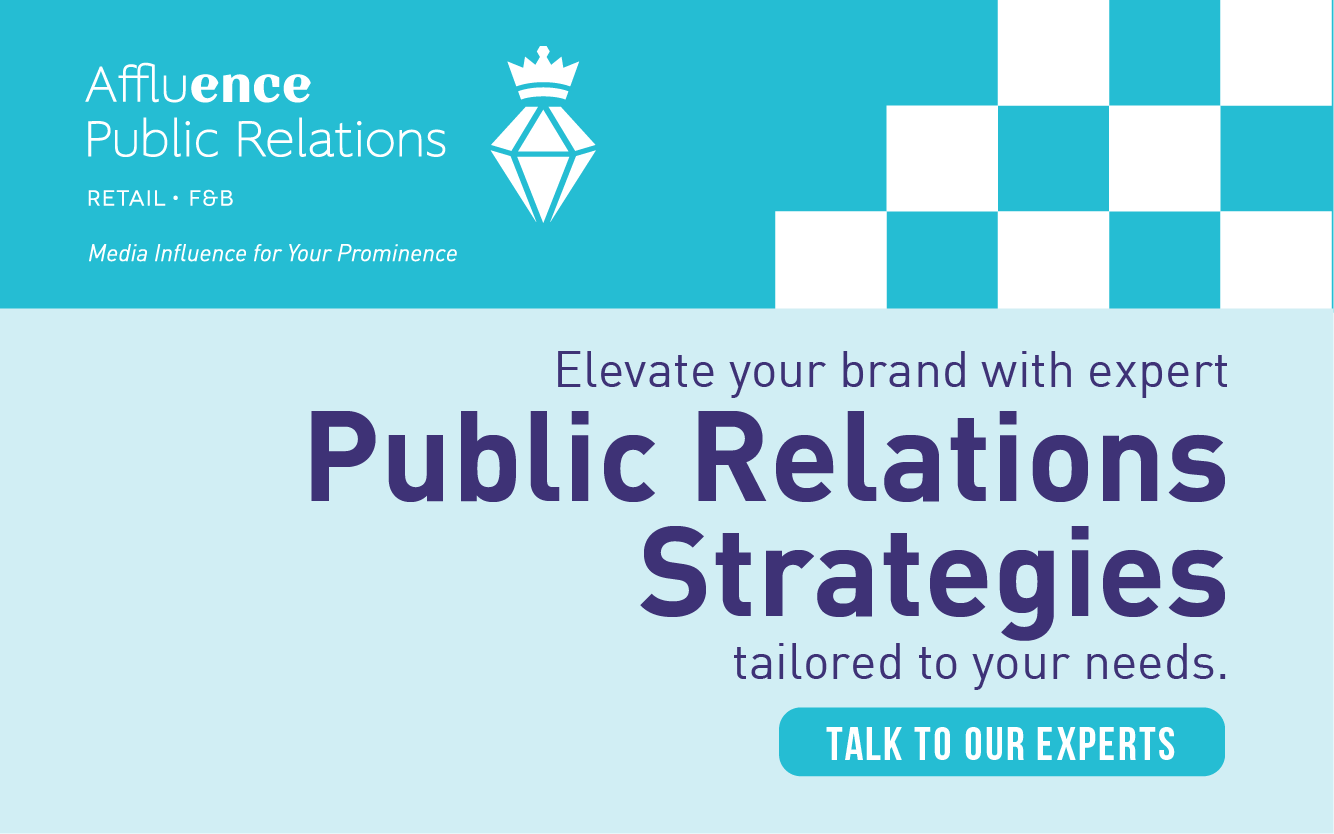
Yes, public relations (PR) is often considered a form of cost-effective marketing. While marketing and PR are distinct disciplines, they share the common goal of promoting a brand, product, or service to target audiences. However, PR differs from traditional advertising in that it relies on earned media coverage rather than paid advertising space.
1. No Paid Media Costs
Unlike advertising, where businesses pay for ad space, PR focuses on securing media coverage through press releases, media pitches, and relationships with journalists. When a news outlet covers a company or its offerings, it is earned media, and there are no direct costs involved.
2. Credibility and Trust
Earned media coverage is often perceived as more credible and trustworthy than paid advertising. Consumers are more likely to trust and engage with information presented in news articles, editorials, or features rather than in ads.
3. Extended Reach
PR efforts can lead to widespread media coverage, reaching audiences beyond what a traditional advertising budget might allow. Media outlets have their own readerships or viewership, enabling companies to tap into new audiences organically.
4. Long-Term Benefits
While advertising campaigns usually have a finite duration, positive PR can have a lasting impact on a company’s reputation and brand image. A single well-placed story can continue to drive interest and credibility over time.
5. Relationship Building
PR involves building relationships with media professionals, influencers, and other stakeholders. These relationships can yield ongoing opportunities for coverage without additional costs.
6. Crisis Management Savings
Having a solid PR strategy in place can help manage crises effectively, potentially mitigating the need for costly damage control through advertising or other means.
7. Synergy with Marketing Efforts
PR and marketing can complement each other. When PR efforts generate media coverage, marketing efforts can leverage that coverage to reach even more people through social media, email campaigns, and website promotion.
8. Content Creation
PR efforts often involve creating compelling content, such as press releases, thought leadership articles, and stories. This content can be repurposed for various marketing channels, saving time and resources.
However, it’s essential to note that while PR can be cost-effective, it requires expertise and effort to build relationships with media, identify newsworthy angles, and craft compelling stories. A successful PR campaign demands strategic planning, consistent efforts, and adaptability to changing circumstances.
In short, Yes! Public Relations is a cost-effective form of marketing. It offers a cost-effective way for organisations to gain exposure, build credibility, and engage with audiences through earned media coverage. When integrated with other marketing efforts, PR can be a powerful tool for enhancing brand visibility and reputation.


